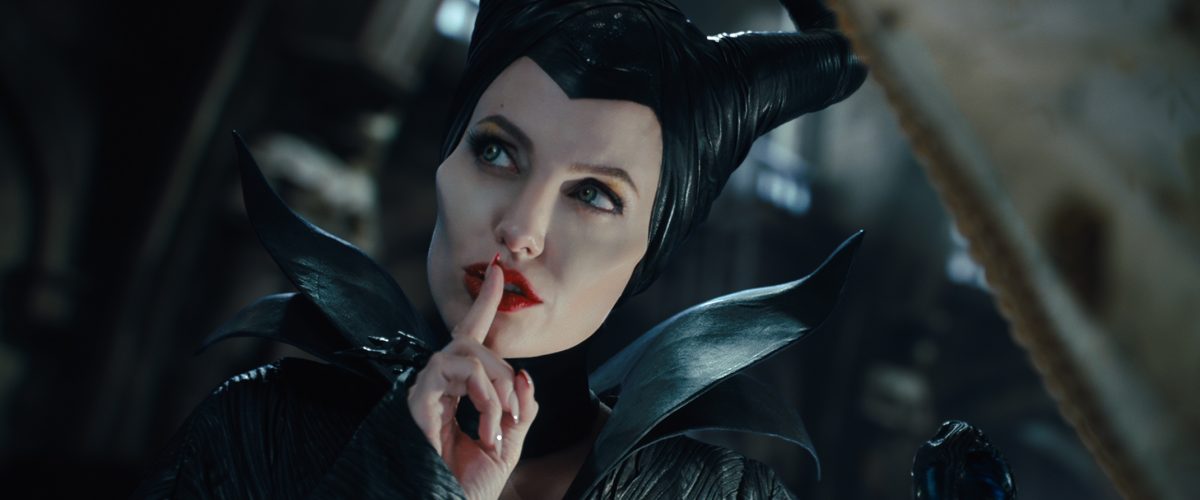
It was the Lana Del Rey song that got me hooked. The pop chanteuse had done a super insinuating, almost dirge-like rendition of “Once Upon A Dream” to accompany one of the Maleficent commercials—and it sent actual chills down my spine. Combine that with Angelina Jolie’s obvious fabulousness in the role—her naturally high cheekbones accentuated with prosthetics, her eyes tinted a wolf-like yellow, her head swathed in that fabulous horned leather skullcap thingy, her silky voice uttering an amused and bored “well, well”—and man was I ready.
Too bad Maleficent isn’t nearly as good as the idea of Maleficent. Yes, it has its moments. But it doesn’t get under your skin—it’s not nearly as creepy or weird or disconcerting as I hoped it would be. It’s, well, Disneyfied.
When we first meet Maleficent, she’s a girl fairy, whose formidable flying ability and supernatural powers make her a natural leader of the magical realm. When a young thief from the land of mortals wanders into her kingdom, she’s kind to him and they become friends and, eventually, fall in love. But his human ambition and greed gets the best of him (damn those pesky humans!) and once he becomes an adult (played by Sharlto Copley) he betrays her—horrifically—bringing out the “malevolent” side of our heroine. (With a name like Maleficent, it was really only a matter of time.) Maleficent curses his newborn daughter Aurora to fall into an endless sleep unless she is kissed by her heart’s true love. (This is a bit of cynicism on Maleficent’s part—she no longer believes in love.)
The beautiful baby Aurora turns into a beautiful young woman, played by Elle Fanning. As she grows up—raised in the countryside by three flibbergibbet fairies (Imelda Staunton, Juno Temple, Lesley Manville— meant to be comic relief, with decidedly mixed results)—Maleficent watches over her, covetously.
The visuals and overall feel of the film, which is art directed within an inch of its life, is very similar to 2012’s Snow White and Huntsman—3D, super-saturated colors, with all manner of fantastical (but oddly uninspired) creatures populating the woods. And, of course, the idea of humanizing the villains of popular children’s tales has become popular, too—starting with the enormously successful Wicked, all the way up to Mirror Mirror and Oz the Great and Powerful.
So perhaps it was too much to hope for something more dark, more intense, more—indeed—wicked. Maleficent goes soft before it even has a chance to go fully bad. Still, I love the new trend toward female-focused fairy tales, especially when all the action doesn’t revolve around some drippy prince. Maleficent is strong and powerful and so is Aurora, whose ability to see the good in everyone is her own source of strength. Ultimately, Maleficent is perfectly acceptable family entertainment, but doesn’t live up to that Lana del Rey song—or Angelina’s cheekbones.
